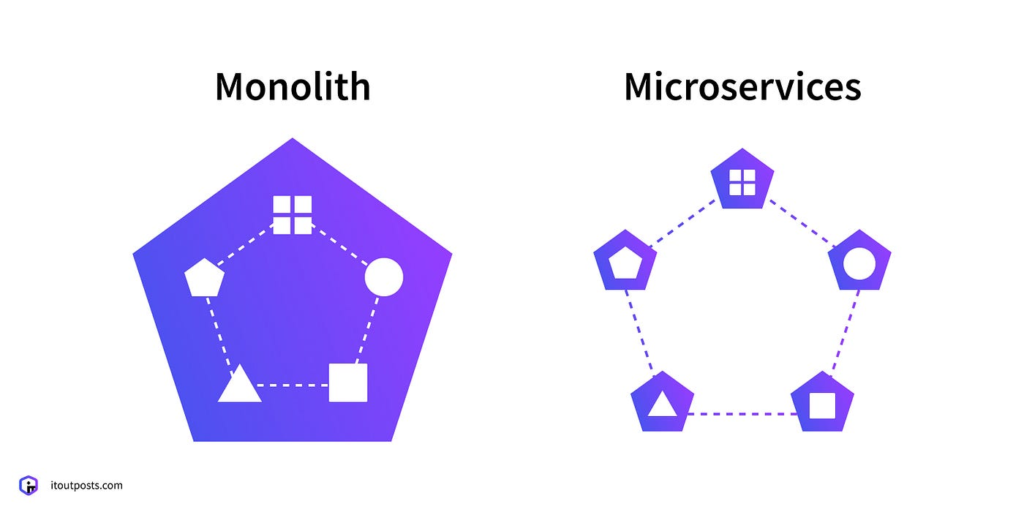Microservices vs Monolith in 2025: Which Architecture Prevails?

As we step into 2025, the software development landscape continues to evolve, particularly in the realms of architectural patterns. The debate between microservices and monolithic architecture remains ever-relevant, with companies constantly weighing the benefits and drawbacks of each approach. So, which architecture is coming out on top in 2025? Let’s dive into the dynamics of microservices and monolithic systems to see how they compare today.
The State of Monolithic Architecture
Despite predictions of its demise, monolithic architecture hasn’t vanished. In fact, many organizations continue to leverage it for its simplicity and ease of deployment. Monoliths allow for faster initial development and straightforward scaling strategies, making them suitable for small to medium-sized applications. The tight coupling of components in a monolithic architecture can lead to streamlined development processes that many teams still favor.
However, monoliths come with their own set of challenges. As applications grow, the codebase can become bloated, making it harder to manage and deploy changes. Moreover, coupling means that issues in one part of the application can have cascading effects throughout, leading to more significant downtime and less reliable performance. This has prompted many larger organizations to reconsider their strategies.
The Rise of Microservices
Microservices continue to capture the attention of large enterprises and startups alike. By breaking applications into smaller, independent services that can be developed, deployed, and scaled independently, microservices offer considerable flexibility. In 2025, this approach is particularly favored in scenarios where speed and agility are crucial.
With advancements in containerization and orchestration technologies like Kubernetes, microservices have become more manageable than ever. Development teams can experiment with different technologies for different services, optimizing performance and utilizing the best tools for specific tasks. Moreover, microservices naturally align with the demands of cloud-native development, allowing organizations to utilize cloud resources more efficiently and cost-effectively.
However, adopting a microservices architecture isn’t without its own complications. The increased complexity in system design, communication between services, and the need for robust monitoring and logging can lead to challenges that require experienced teams to address. Furthermore, managing data consistency across services can prove to be a daunting task.
The Verdict: What’s Winning Now?
As of 2025, neither microservices nor monoliths can be deemed definitively superior. The choice between them often hinges on an organization’s specific needs, expertise, and operational context. For many companies, a hybrid approach is emerging as the solution of choice, where monolithic modules exist alongside microservices. This allows teams to benefit from the simplicity of monolithic architectures while also enjoying the scalability and flexibility of microservices where needed.
Organizations looking for agility and innovative features often lean toward microservices, especially those in rapidly changing industries. In contrast, teams focused on risk mitigation, stability, and controlled environments may find traditional monoliths to be more appropriate.
Conclusion: Adapting to the Future
In 2025, the battle between microservices and monolithic architecture is far from over. Companies are continually learning, adapting, and innovating to find the best solutions for their unique challenges. The trend towards hybrid architectures suggests that the future of software development will not only embrace one architecture over another, but rather blend the strengths of both to create agile, efficient, and resilient applications. As the world of technology continues to develop, keeping abreast of these trends and understanding their implications will be vital for developers and stakeholders alike.